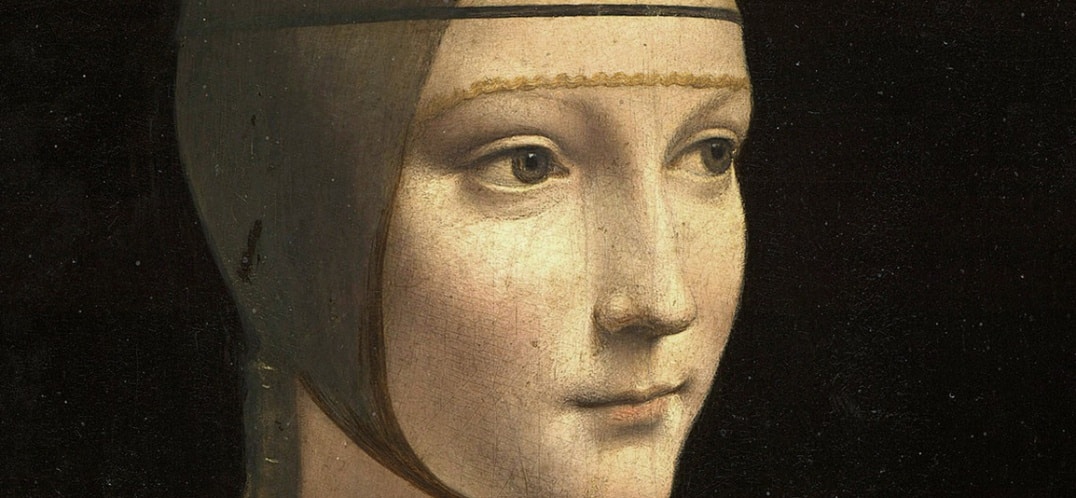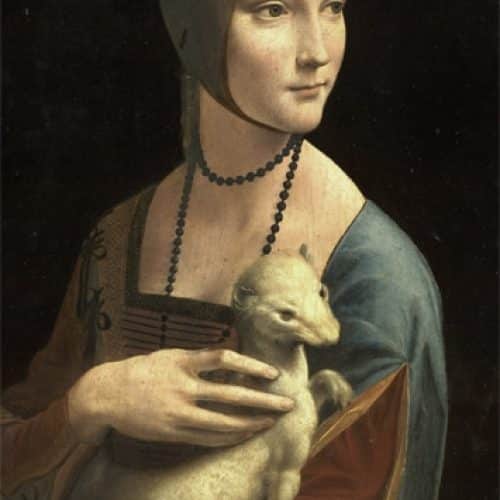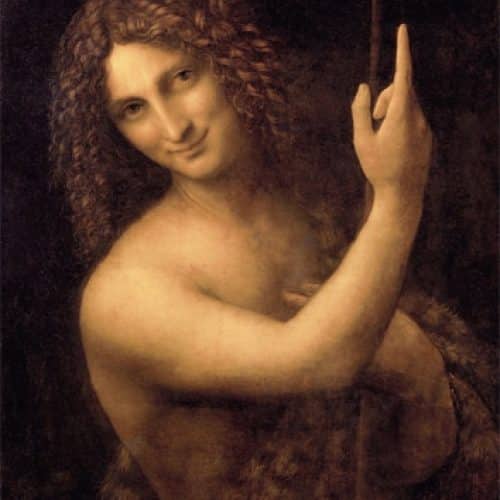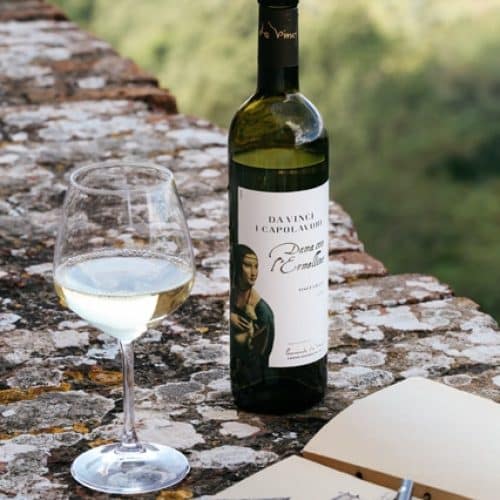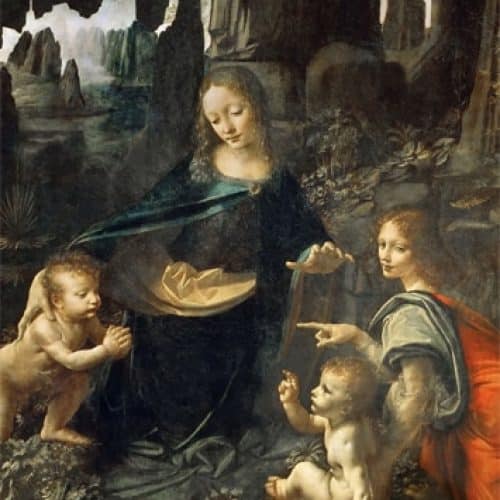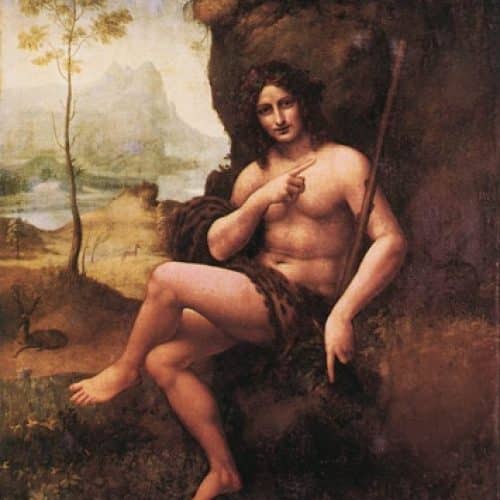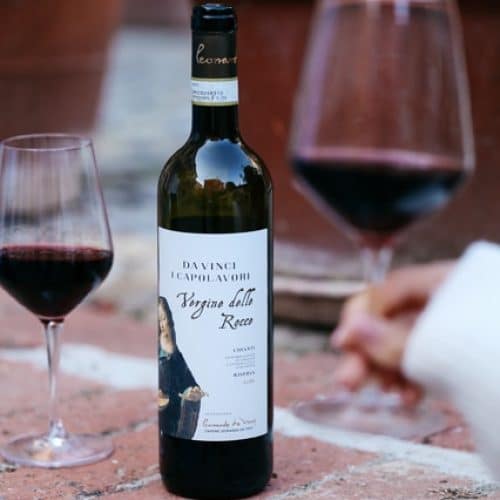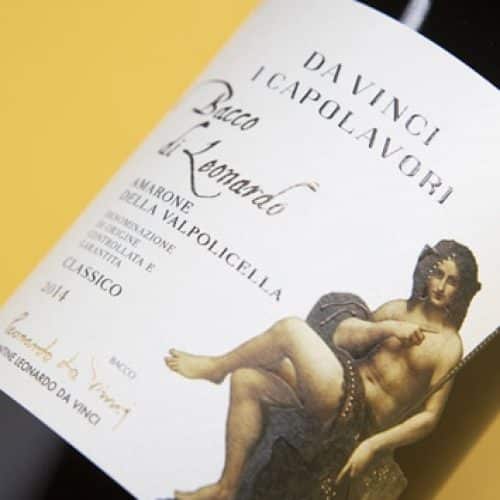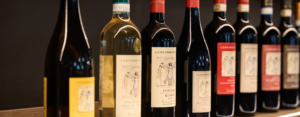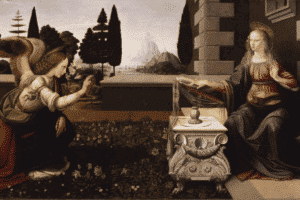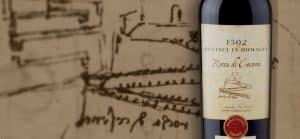Leonardo the painter has created works that are milestones in the history of Italian and world art; a production that includes titles known all over the world, full of charm, mysteries, new techniques and amazing studies. The places and characters painted by Leonardo belong to all of us, they are familiar and surprising every time.
“The good painter has two main things to paint, namely the home and the concept of his mind. The first is easy, the second difficult because it has to be represented with gestures and movements of the limbs “. Leonardo’s paintings respond to this rule, to the point that each protagonist reveals the inner world that characterizes him.
Leonardo’s life unfolds through stages marked by travels and encounters; so it is also for his paintings. Leonardo was born in Vinci on April 15th 1452 and spent his childhood and part of his adolescence there before going to Florence. It is easy to see that the hills of Vinci and the agricultural context in which his family lived influenced his painting technique and his imagination, especially in the landscapes. At the age of 30, Leonardo moved to Milan to put himself at the service of Ludovico Sforza, known as il Moro. He stayed in Milan for about 20 years, and works such as The Virgin of the Rocks, the Lady with an Ermine and of course the Last Supper were created in the refectory of the church of Santa Maria delle Grazie. In 1503, he returned to Florence and began working on the Mona Lisa. He spent the last years of his life in France, at the court of Francis I in the royal castle of Amboise where he died on May 2nd 1519.
To celebrate Leonardo’s life and paintings, Cantine Leonardo da Vinci has created the Da Vinci I Capolavori collection: a selection of the most famous Italian wine names, combined with Leonardo da Vinci’s works of art. A grand tour of the most suitable Italian wine areas, from Valpolicella to Chianti, passing through Montalcino, to represent the best of our local wine production, as well as the best of Leonardo’s artistic production in his most famous works. San Giovanni Battista is associated with Brunello di Montalcino, Bacchus in a landscape with Amarone della Valpollicella, Virgin of the Rocks with Chianti Riserva and the Lady with Ermine with Pinot Grigio IGT del Rubicone.
I Capolavori are a synthesis of Italian beauty and excellence, objects to be proudly exhibited and testimony of Leonardo’s genius and homage to his life: an extraordinary and infinite adventure of art, science and nature
